I don’t tend to get picked for school trips. Actually that’s not true. I do get picked but I’m advised at such short notice that I can’t usually take the time off work due to a diary full of meetings. My youngest has a new teacher who is very organised. I like her. I like her a lot. I like her even more now because I got picked to go on what was quite possibly the best school trip ever – for me let alone my daughter.
Taking a step back in time at Kentwell Hall
Kentwell Hall in Suffolk re-creates life on a community scale. Their entire historic house and estate are transformed into a 16th Century Manor, with hundreds of people of all ages, skills and wealth carrying out a huge variety of daily tasks in Tudor costume and language.
Our children were dressed up too. I’m proud to say I made her little raggedy costume myself so she looked like a poor Tudor girl except her shiny school shoes.
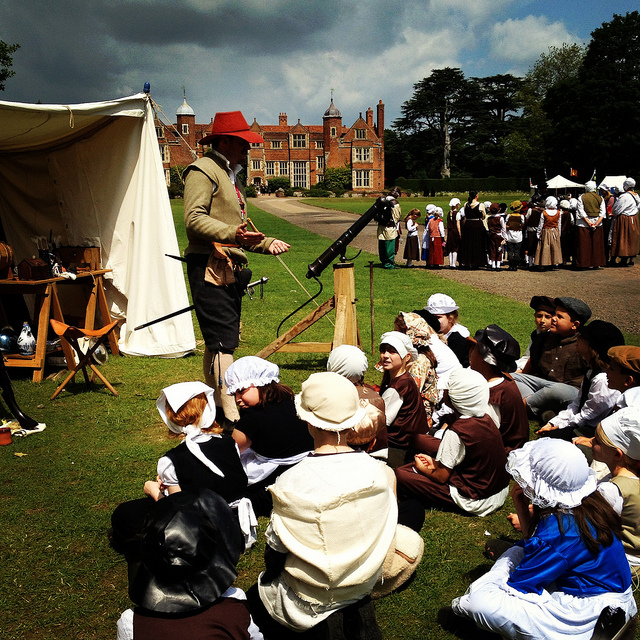
We entered the estate through a time tunnel. It was a proper time tunnel for all the people we then encountered spoke in early modern English so there was a lot of ‘thee’, ‘thou’, ‘mayhap’ and ‘childer’ along with a welcome level of politeness and curtseys to the masters and mistresses of the house.
I expected a tour of the house and gardens much like an English Heritage or National Trust property – Nay. Kentwell is living theatre – or live action role play. Our first stop was the kitchen – a real kitchen with a fire, hot embers and real food being prepared for lunch service. We were encouraged to ask questions and learn about what was going on. I could have spent all day in there! There was no baking in this kitchen for this is done by the baker. These pies, sweet and savoury, were fried in butter.
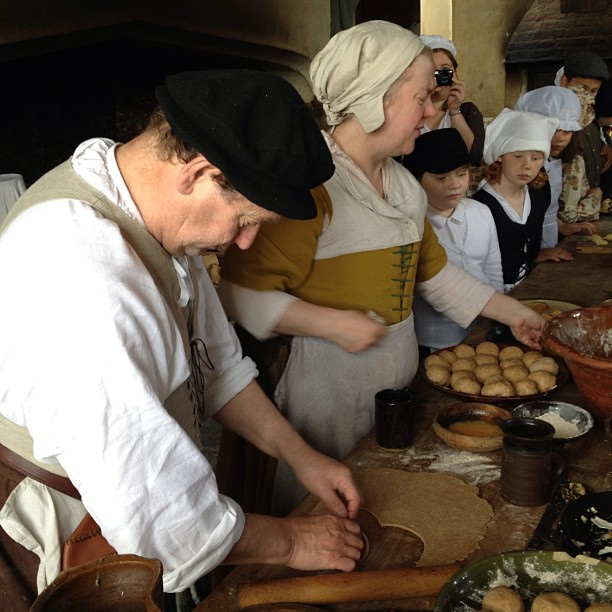
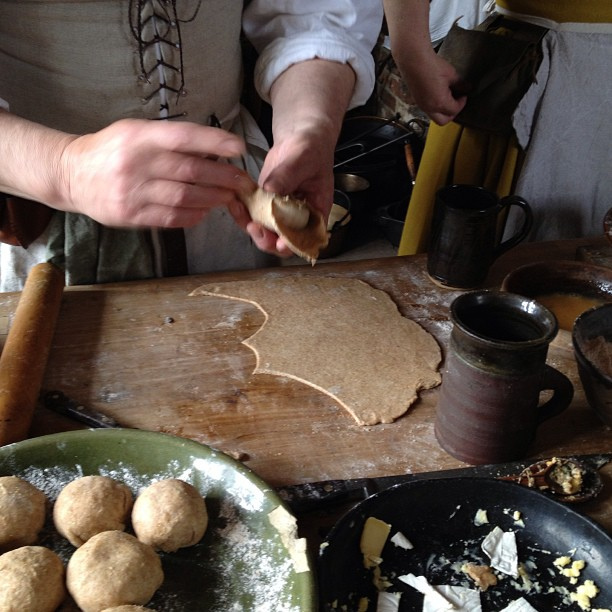
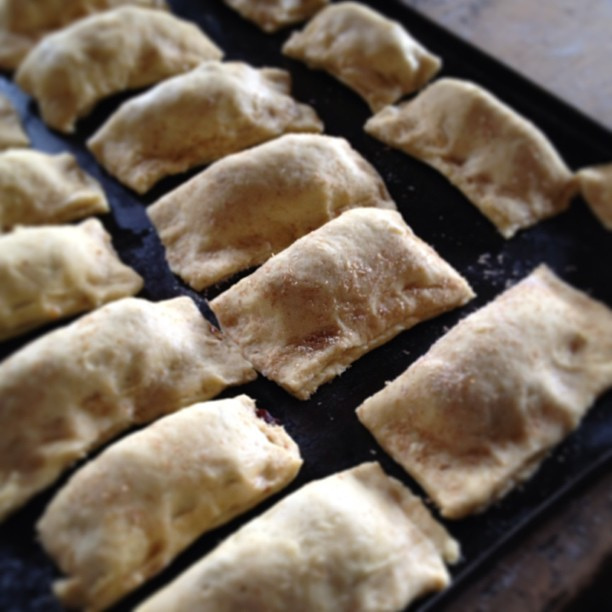
Tudors were big fans of sweet food
Marzipan was introduced into England in the late Middle Ages. It’s a paste made of almonds and sugar. The Tudors used marzipan, or ‘marchpane’, to make edible sculptures of animals, castles, trees and people called ‘subtleties’ which were then presented to the Master or Mistress to look upon or used to decorate the dining table.
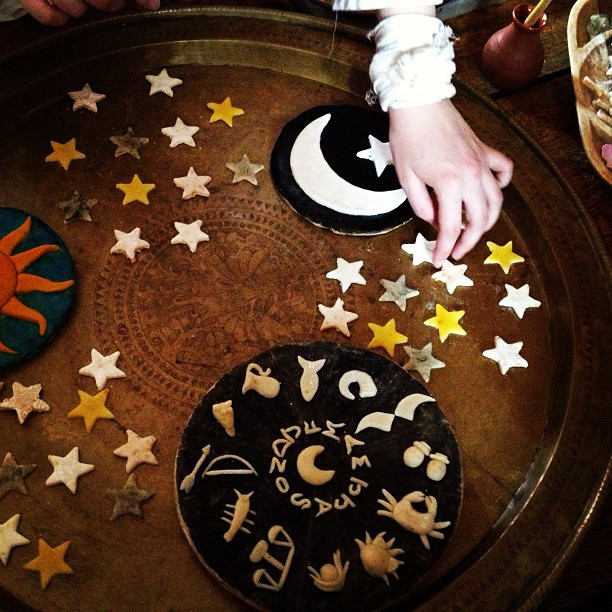
Cheese and butter was made on the estate
The dairy was fascinating. In a tiny room, there were vats of milk, buttermilk, cheese and butter at different stages of production. The most interesting thing for me was the use of elderflower to deter the flies. The dairy maid explained that the sweet scent of the flowers lured the flies upwards and thus away from the cheese and butter. Genius!
The cheese was made similarly to today with rennet being added to the milk, then left to separate and then hung up til the liquid has drained off.
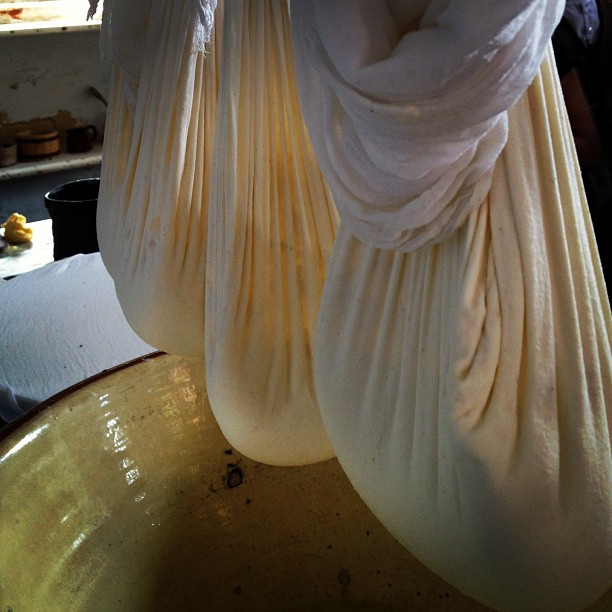
It was then flavoured with apples, herbs, onions and garlic. Marigold petals are used to signify the pungent flavours favoured by the men of the household. It was presented like many things in the cross of the faith at the time – Church of England.
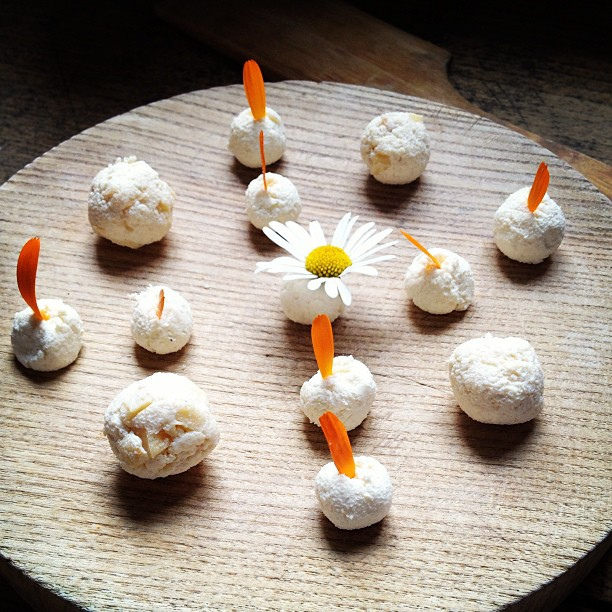
White rolls for the rich and wholemeal for the poor
Next to the dairy we discovered the baker sat taking a break for a lunch of pottage by the open fire. He had just made a tray of manchets to be sent to the dining hall. His assistant showed us how the wheat was separated from the husk, then ground to a wholemeal flour and then sieved to separate the grain out into a fine white flour reserved for the rich folk. The workers on the estate would eat the wholemeal bread as it filled them up – it was a stodgy brick of bread. Dense but full of flavour.
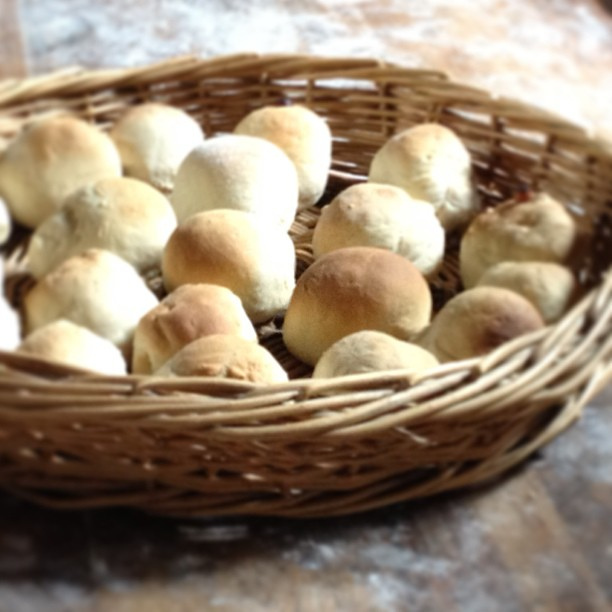
The Still Room – cures for every ailment
Grand Tudor estates had a ‘still room’ to tend to the sick or injured. It was full of herbs drying or in the process of being pounded and the ‘childer’ had much fun using their ‘vigour’ to help the old lady we met. I was suffering from the ‘Summer fever’ so she kindly soothed my itchy eyes with a mint leaf dipped in cool elderflower water. She also showed my the way fresh roses were picked and dried to perfume baths or rooms of the gentlefolk.
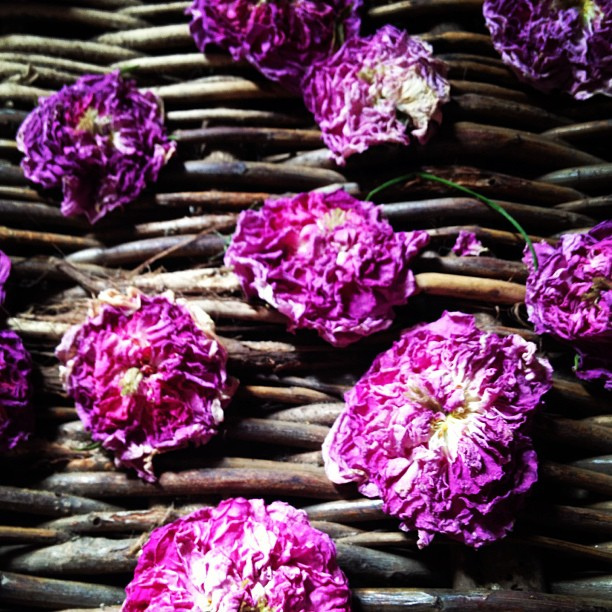
A tour of the gardens was delightful too. We met the alchemists shunned to live outside the camp with their weird and wonderful bottles of spiders, eyes and snakeskins. We met a frail elderly lady who tended a wondrous herb garden and taught us about the uses of angelica flowers and leaves, cotton lavender and mint. Finally we met the market folk preparing their wares among which was this family selling elderflower fritters.
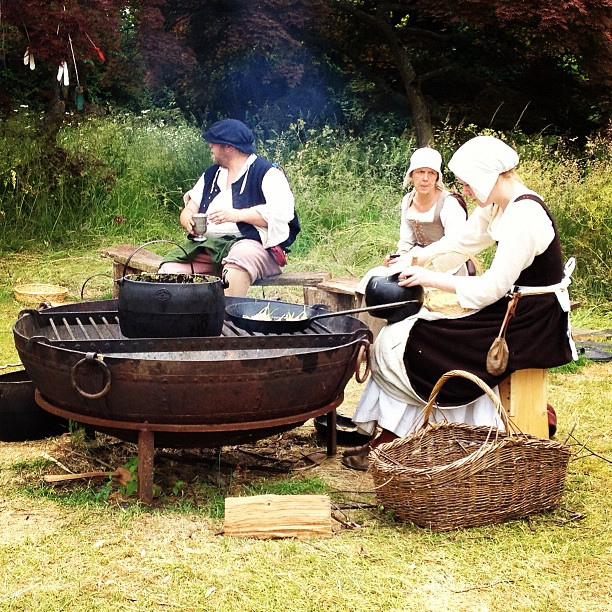
Heavenly fresh blooms coated in wholemeal batter and fried in butter.
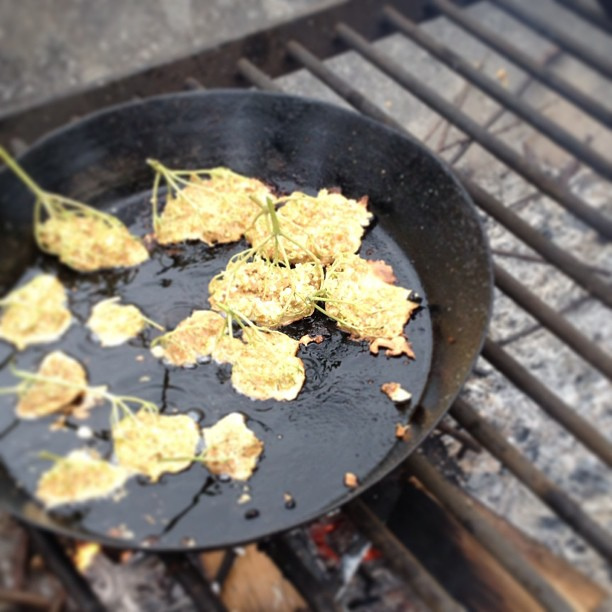
Delicious and a perfect end to a perfect school trip. I know my daughters will cherish the memories of this day at Kentwell for years to come – as will I.
Thank you Kentwell for a lovely day and thank you Miss Woods for picking me and most of all giving me enough notice that I was able to come.
